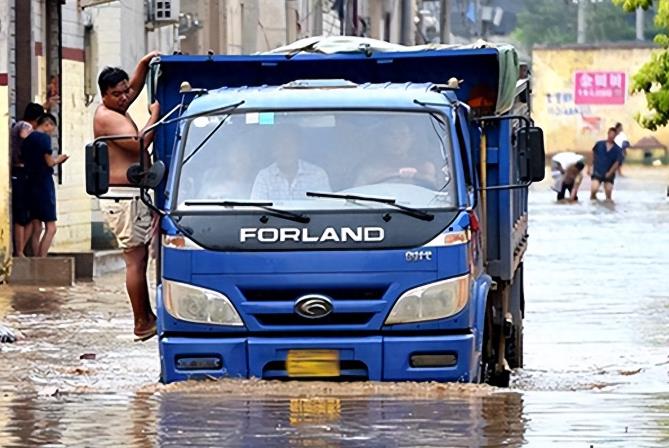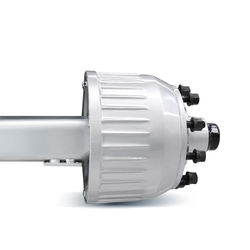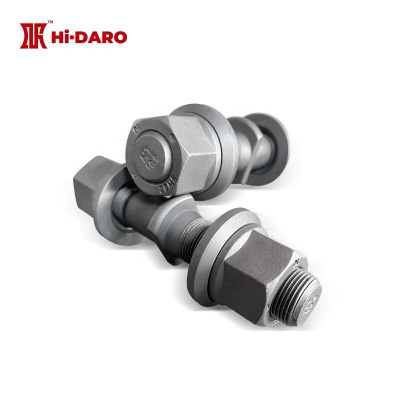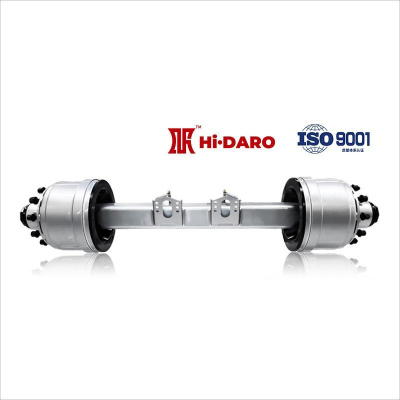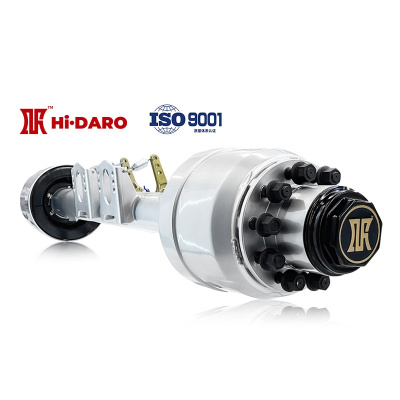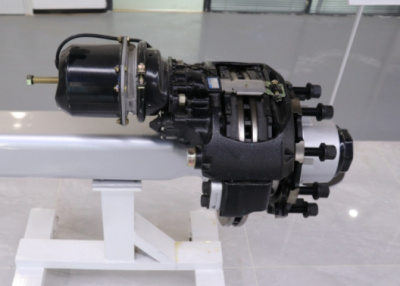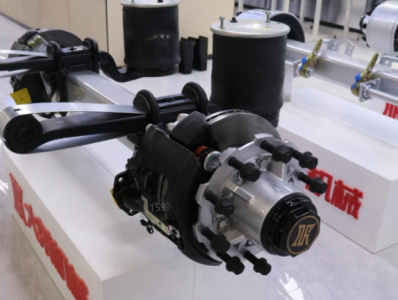When typhoons hit, how should freight vehicles respond?
Recently, a number of typhoons have arrived in China, with strong winds and a wide range of effects. Although it is not necessary to go out in typhoon weather, for truck drivers who run transportation, it seems unrealistic not to go out to deliver goods, even if the typhoon is frequent, attendance still has to be guaranteed.
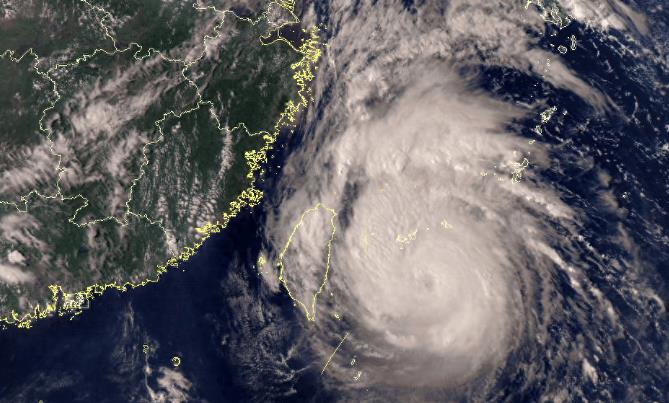
Safety is no small matter, typhoons are often accompanied by strong winds and heavy rain, once there is an accident in this bad weather, the loss caused is relatively large, the owners should still pay more attention to prevention, be careful, careful, pay attention to driving safety. Today DARO trailer axle to talk about the typhoon day run transport of those things.
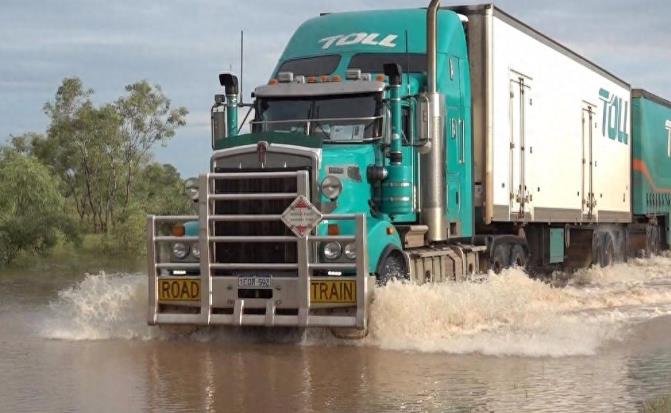
Keep abreast of weather and road conditions
Owners should understand the early warning information issued by the local emergency, meteorological, public security, traffic management departments and road conditions changes, traffic control measures before and after the trip, try to avoid the typhoon landing, wind and rain, and then plan travel according to the actual situation after the warning information is lifted.
Park away from unsafe areas
Before the typhoon, do not park the vehicle in billboards, trees, street lights, telephone poles, flower POTS, air conditioners, scaffolding, etc., but also to avoid parking in low-lying sections, so as to avoid flooding, while trying to stay away from temporary sheds, old factories, brick houses, temporary structures, construction equipment and other dangerous areas.

Driving precautions:
Correct use of lighting
In the typhoon heavy rainfall in bad weather, visibility is very low, pay attention to maintain at least 50 meters with the car distance, open the near light, profile lights, rear and rear taillights and double flashing, this is not only for lighting, but also for other traffic participants to notice your presence, when the visibility is less than 50 meters, should find a safe place to stop as soon as possible.
Don't open the window.
Typhoon wind is too strong, opening the window will affect the stability of driving, especially through Bridges, tunnels, roads along rivers and rivers, but also need to prevent the impact of lateral wind on the driving route. Once you encounter a cross wind, do not slam on the brakes, slam the steering wheel, should be slightly hit the steering wheel correction.
Keep a low speed
Typhoon weather road is slippery, braking distance is extended, to keep low speed, do not drive fast, try to avoid sudden braking, sudden lane change, sudden steering wheel, etc., otherwise it is easy to slip out of control.
Be careful to avoid pedestrians
Typhoon sky pedestrian and the driver's line of sight is blocked, and must be able to hear the vehicle siren clearly, at this time the vehicle must slow down, one is to avoid splashing, the second is to avoid accidentally scratching or even colliding with the pedestrian.
Increase the distance between front and rear
The braking distance on rainy roads is longer than on dry roads, so please widen the following distance to leave time and space to deal with emergencies.
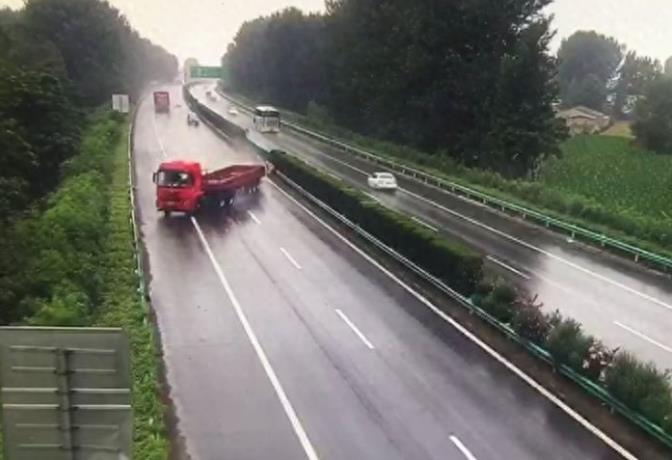
Minimize overtaking and line tying
Rainy day driving all on the premise of safety, as far as possible to reduce back and forth and overtaking, as far as possible to choose to follow the car, do not rush, rush.
Don't go into the mountains after a typhoon and rainstorm
After bad weather, the probability of secondary disasters such as landslides and roadbed damage in mountainous areas is very high, and should be avoided as far as possible.
Bind the goods securely
When the vehicle with full cargo is driving in windy weather, the goods on the car may swing, loosen, or even fall off from the car, so the truck should bind the goods firmly, and avoid sudden braking or sharp turns during the driving process.
Take good measures to protect goods against rain
The weather in the typhoon day changes, even if the weather is clear before the trip, it is necessary to cover the rain cloth as much as possible to prevent the sudden weather on the way to wet the goods. In addition, it is very difficult to cover the rain cloth with the wind after the weather changes on the way, and it is also easy to blow away the people and the rain cloth together, which is very dangerous. So if you need to cover the rain cloth halfway, try to go to the service area or safe area.
Timely defogging
If the window is fogged during the driving, the air outlet mode can be adjusted to the fog removal mode, and the air outlet is oriented towards the windshield to disperse the fog. It should be noted that if the owner uses the warm air to remove fog, the fog may be thicker at the beginning, and it is necessary to stop at a safe place and then begin to remove fog operation, and then drive on the road after the vision is clear.
Through a flooded road
Observe the water depth before wading, if the water level reaches two-thirds of the tire, should try to detour, do not force through. After confirming that it is passable, pay attention to maintaining a low and uniform speed during the wading process to avoid the splash triggered by the speed from the cabin or chassis into the cab, and do not stop, shift or release the throttle midway. If the fire is turned off during the wading, it cannot be started again. Remember to gently brake several times after wading smoothly to ensure braking performance.
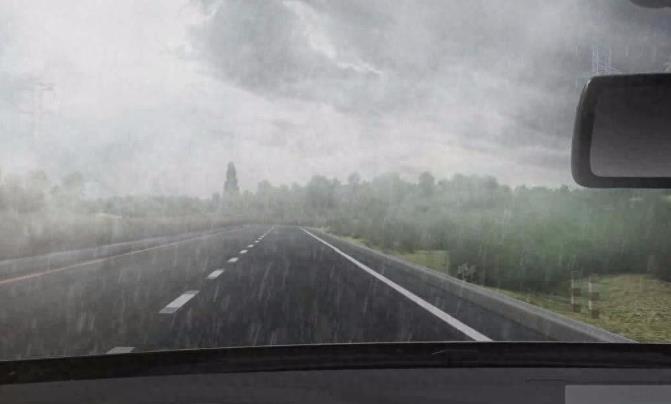
What should I do if the vehicle is damaged?
Vehicles soaked in water and smashed are relatively common vehicle damage in typhoon days. If you encounter this situation, you must take the vehicle damage insurance and water insurance:
The vehicle has purchased vehicle damage insurance, and is flooded in the parking state, the insurance will pay the repair money in full;
The vehicle has purchased vehicle damage insurance, but it is flooded when passing through the water, if the vehicle has purchased water insurance at the same time, the insurance is responsible for compensation; If not, only the parts other than the engine will be paid;
The vehicle has been purchased damage insurance, such as the vehicle is accidentally smashed, the owner needs to first alarm and notify the insured insurance company, in the case of not affecting the traffic and ensuring safety, as far as possible to keep the scene not to move the car without authorization to wait for the arrival of relevant personnel.
It is worth noting that once the vehicle is turned off in the waterlogging section, do not start a second time, especially when the owner cannot determine the reason for the vehicle to turn off, otherwise, once the engine water is caused by the second start, the insurance company is not responsible, and the maintenance costs can only be paid out of their own pockets.
